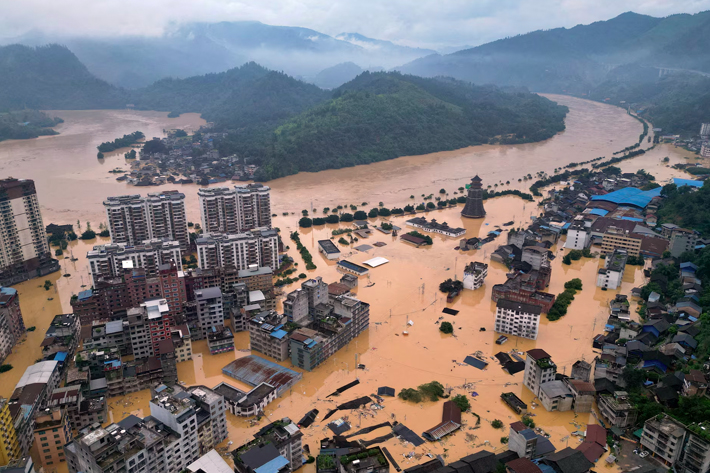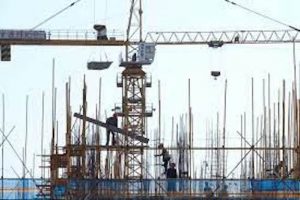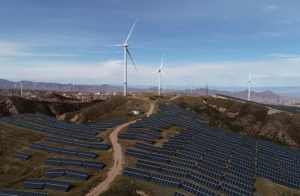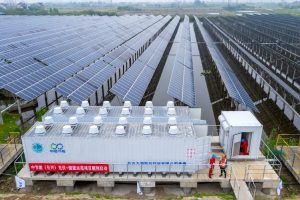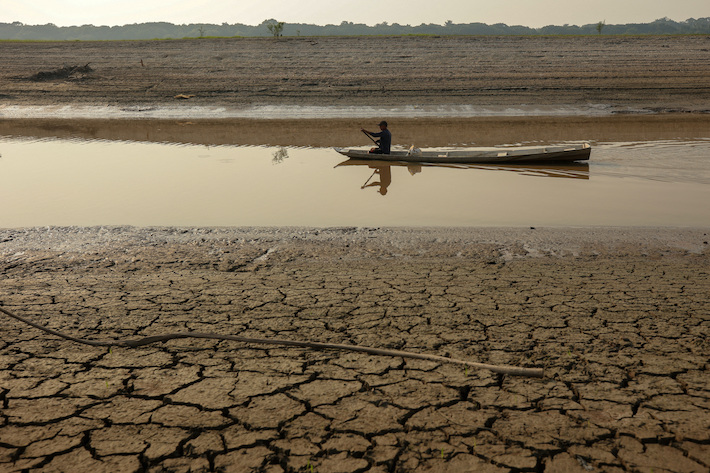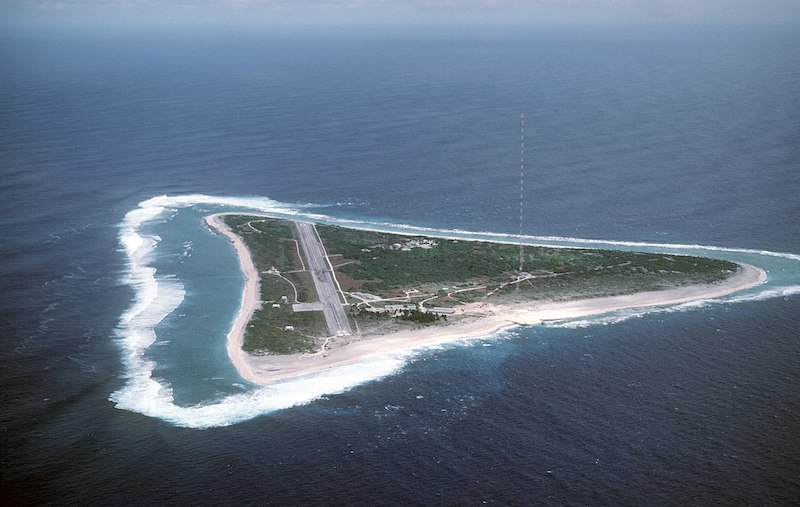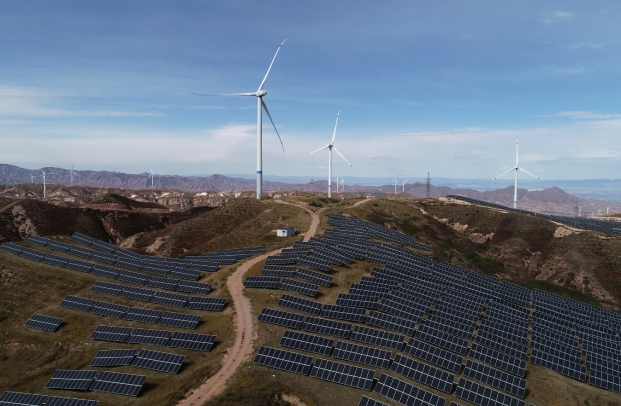Extreme weather – mainly flooding – caused China to suffer economic losses of at least 51 billion yuan ($7.12 billion) in the first half of this year, an emergency response official said on Tuesday.
The total direct economic cost of floods and natural disasters in the first six months was 54.11 billion yuan ($7.55 billion) in the first half of this year, Shen Zhanli, a spokesperson for the Ministry of Emergency Management told a press conference.
The most destructive disasters included a powerful earthquake that rocked Tibet and serious flooding in southern regions and landslides in southwestern provinces. More than 23 million people were affected, with 307 killed or missing, and 620,000 people having to undertake emergency evacuations, he said.
ALSO SEE: Chinese Economy Slips in 2nd Quarter, But Exports Seen Falling
Some 29,600 houses were destroyed, nearly 29% more than last year, while 2.2 million hectares of crops sustained damage.
Interestingly, the economic losses were nearly 42% less than the same period last year, according to a Reuters calculation, when flooding, drought and extreme temperatures cost China 93.16 billion yuan (close to $13 billion), the highest half-year figure since 2019.
Floods caused the most damage, accounting for over 90% of this year’s total losses at 51 billion yuan, the ministry said.
To mitigate the impact from increasingly frequent extreme rainfall, China has expanded its economic safety net for segments of its population affected by flood control schemes, including pledges of direct compensation from the central government and payments for livestock losses.
Building of coal power plants continues
China – the world’s second biggest economy – has been a world leader in the installation of renewable power. But it also has half the world’s coal power plants and is continuing to build them at a formidable pace.
Construction of coal plants hit a 10-year high in 2024, according to Carbon Brief, which cited reports by the Centre for Research on Energy and Clean Air and Global Energy Monitor that said China was building 94.5 gigawatts of new coal-power capacity and resumed 3.3GW of suspended projects last year.
Critics believe that Beijing’s insistence that it must continue building coal plants is a key reason why temperatures in Asia are said to be rising much faster than the rest of the world.
The World Meteorological Organisation said last month that Asia is currently warming nearly twice as fast as the global average, “fuelling more extreme weather and wreaking a heavy toll on the region’s economies, ecosystems and societies.”

Large swathes of China have been grappling with torrential rains and extreme heat in recent weeks, with ageing flood defences and infrastructure gaps – such as limited access to air conditioning – exposed.
Dozens of rivers in southwestern China exceeded safe levels last week, while more than 10,000 people were evacuated in the remnants of former typhoon Danas.
Meanwhile, surging demand for air conditioning due to sweltering heat has stretched China’s power grid, pushing the national maximum power load to a record high.
The Emergency Management ministry warned that flood and typhoon prevention will remain challenging from the second half of July to the first half of August, as rainfall becomes most concentrated and intense in the north and typhoon activity intensifies.
- Jim Pollard with Reuters
ALSO SEE:
Bridge to Nepal Washed Away as Flash Floods Rock China
Floods Swamp Cities in Southwest China, And More Storms Due
Firms Underestimating Risks From Carbon-Fuelled Climate Change
Carbon Removals Not Growing Fast Enough For Climate Goals
Climate Change Cost China $32 Billion in Just One Quarter
China’s Billion-Ton Coal Expansion Plan Sparks Methane Fears
Booming Solar Puts 2030 Renewable Energy Goals ‘Within Reach’
Floods or Drought: Climate Change Worsens Global Water Woes
China’s Billion-Ton Coal Expansion Plan Sparks Methane Fears
LNG’s Carbon Footprint 33% Bigger Than Coal’s – CC
Forest Fires a Double Whammy for Climate Change Fight – Guardian
Continued Fossil Fuel Investments Put $557 Trillion ‘At Risk’




